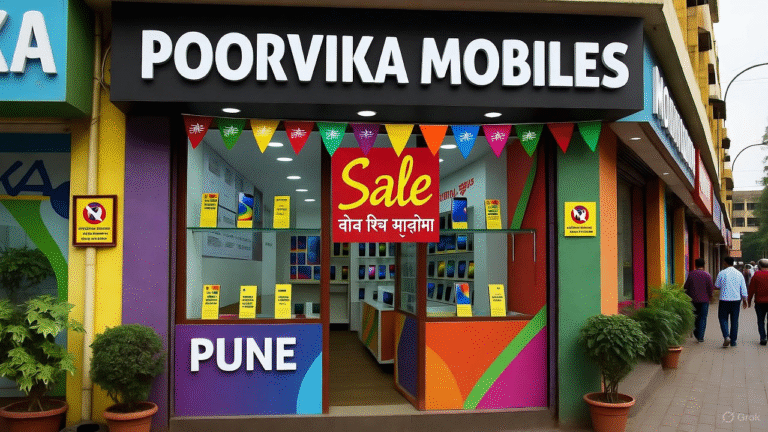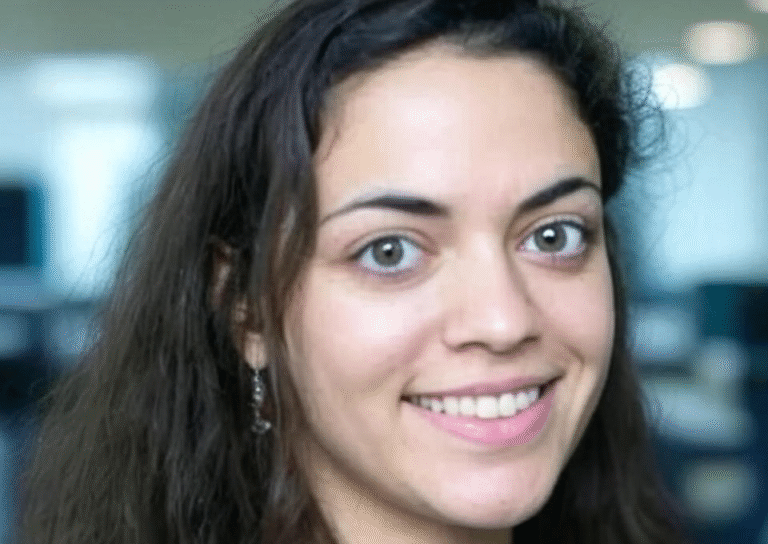
45.6 million won to usd
Introduction
If you searched “45.6 million won to usd”, you want a clean number and a quick way to sanity-check fees.
This guide gives you both: a live-context estimate, fee-adjusted scenarios, a copy-ready formula, and practical tips to keep more of your money.
We also cover common questions people ask right after the conversion, like why your bank quote is lower than the mid-market rate and how card networks handle exchange rates. For source credibility, we reference the Bank of Korea, Reuters currency coverage, and neutral explainers on card fees and dynamic currency conversion.
What is 45.6 million won to usd today?
KRW moves during the day, and banks rarely give you the exact mid-market rate you see on public charts. Recently, USD/KRW has traded in the high-1300s to mid-1400s per $1 range at times. That sets a realistic bracket for quick math.
Quick mid-market bracket (no fees):
- ₩45,600,000 ÷ ₩1,350 ≈ $33,777.78
- ₩45,600,000 ÷ ₩1,380 ≈ $33,043.48
- ₩45,600,000 ÷ ₩1,400 ≈ $32,571.43
- ₩45,600,000 ÷ ₩1,450 ≈ $31,448.28
You can treat $33.0k as a reasonable mid-range estimate and then adjust for fees below. News reports and public references confirm KRW has tested past 1,400 per dollar at times, so the range above is realistic. (Reuters)
Formula you can copy:
USD = 45,600,000 ÷ (KRW per USD you are quoted)
Fee-adjusted totals you are more likely to receive
Banks, money transfer apps, and cards earn money with either an explicit fee, a built-in rate markup, or both. Typical all-in markups often fall around 2%–4%. Card networks may publish a base rate near mid-market, then your bank can add a foreign transaction fee, and merchants can offer dynamic currency conversion that is usually worse for you.
Using a mid-market example ₩1,380 per $1:
- No markup (pure mid-market): $33,043.48
- +1.0% markup: about $32,716.32
- +2.0% markup: about $32,395.57
- +2.5% markup: about $32,237.54
- +3.0% markup: about $32,081.05
- +4.0% markup: about $31,772.58
If your bank also charges a separate 2%–3% foreign transaction fee, your final take can fall further. This explains why your result often lands below the mid-market number by a few percent.
Why your number may not match Google’s converter
- Mid-market vs. retail rate: Google and public charts show the mid-market rate. Banks and remittance firms quote a customer rate with a spread.
- Card network timing: Visa and Mastercard often use the rate at authorization or settlement, so the exact timestamp matters. Small differences from the visible “live” rate are normal. (
- Dynamic Currency Conversion (DCC): If a terminal offers to “charge you in your home currency,” it usually adds a larger markup. Decline DCC to avoid inflated rates.
The currencies at a glance
- South Korean won: code KRW, symbol ₩. Issued by the Bank of Korea.
- United States dollar: code USD, symbol $.
Knowing the correct codes helps you search for the right rate and avoid confusing KRW with North Korea’s KPW, which is not freely traded.
Step-by-step: turn 45.6 million won to usd without confusion
- Find the base rate. Check a reliable source for the current USD/KRW region. Reuters currency briefs and central bank context are good starting points.
- Apply the formula: USD = 45,600,000 ÷ (KRW per USD).
- Subtract realistic costs:
- If wiring money, expect a 2%–4% rate spread plus possible flat fees.
- If paying by card, expect network rate plus bank’s foreign transaction fee unless you carry a no-FX-fee card. Avoid DCC at the terminal.
- Check timing: If your transfer or card posts a day later, the final rate may shift slightly due to market moves or network rules.
Quick reference table
Assume you are converting ₩45,600,000 to USD
| KRW per USD | Mid-market USD | Est. USD after ~2.5% markup |
|---|---|---|
| 1,350 | $33,777.78 | ~$32,939 |
| 1,380 | $33,043.48 | ~$32,238 |
| 1,400 | $32,571.43 | ~$31,760 |
| 1,420 | $32,112.68 | ~$31,307 |
| 1,450 | $31,448.28 | ~$30,663 |
The right column approximates a typical customer outcome when the quote is ~2.5% worse than mid-market. Your bank or app can be a bit higher or lower.
Common use cases for 45.6 million won to usd
- Tuition or rent abroad: Universities and landlords often prefer international wires. Compare your bank’s wire desk, a licensed remittance service, and a fintech with local payout rails.
- Large purchases: For a car deposit or invoice, ask the seller about receiving USD directly to avoid extra conversions on their side.
- Savings move: If you are re-balancing assets from KRW to USD, talk to your bank about multi-currency accounts to time exchanges in fewer, larger batches.
Ways to improve your outcome
- Skip DCC at the terminal. Always pay in the local currency and let your card network convert. DCC can add large markups.
- Use a no-FX-fee card for card payments. Many banks waive the extra 2%–3%.
- Compare total cost, not only the rate. Some services quote a sharp rate but add a flat fee that matters at small sizes.
- Batch transfers. For recurring moves, larger but fewer transfers can cut fixed fees per dollar.
- Mind bank cut-off times. Rate slippage can happen if your payment misses a processing window and settles next day.
Frequently asked questions
Is the won stable right now?
KRW can move with U.S. rate expectations, trade headlines, and local policy. Over the last several cycles it has traded into the 1,400s per dollar at times. Watching reputable market reports helps you avoid surprises on transfer day.
Why is my bank’s number lower than Google’s?
Because Google shows the mid-market rate. Your bank quotes a customer rate that bakes in its spread and may add a separate foreign transaction fee. That easily shaves 2%–4% off the headline number.
Should I let a store charge me in USD in Seoul?
Usually no. That is DCC, and it is typically worse than letting Visa or Mastercard handle the conversion. Choose to pay in KRW when asked.
What is the official code and symbol for the won?
KRW is the ISO code and ₩ is the symbol. The central bank is the Bank of Korea.
Conclusion
For a quick read: ₩45,600,000 converts to about $31.4k–$33.8k at recent market levels before fees. Expect your real-world result to be a few percent lower after spreads and charges. Use the simple formula, compare providers on the all-in cost, and avoid DCC to keep more of your money.


